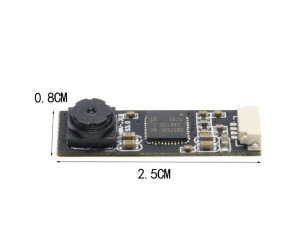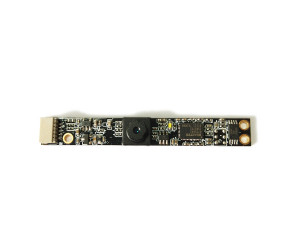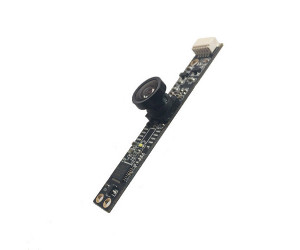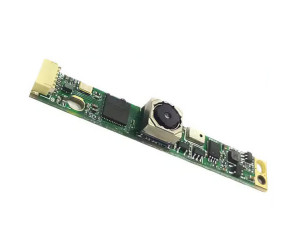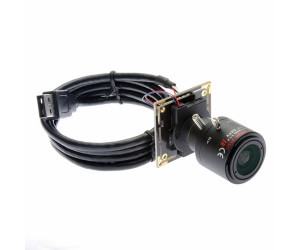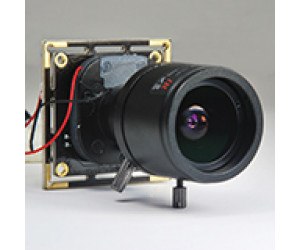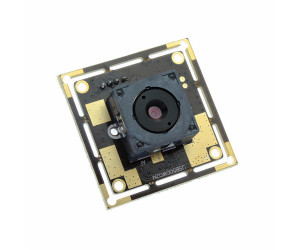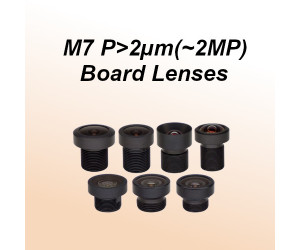USB Board Camera
Brand: IADIY
Technical Information:
Product ID
CM03M30M5S
Sensor
GC0307
Image Size
1/7 inch
Image Pixels & Resolution
VGA / 640(..
$9.0
Brand: IADIY
Technical Information:
Product ID
CM03M120M5S
Sensor
GC0308
Image Size
1/6.5 inch
Image Pixels & Resolution
VGA / 6..
$13.0
Brand: IADIY
Technical Information:
Product ID
CM2M30M5L
Sensor
HM2057
Image Size
1/5 inch
Image Pixels & Resolution
2M / 1600(H..
$20.0
Brand: IADIY
Technical Information:
Product ID
CM2M30M7L
Sensor
HM2057
Image Size
1/5 inch
Image Pixels & Resolution
2M / 1600(H..
$20.0
Brand: IADIY
Technical Information:
Product ID
CM5M30M5L
Sensor
OV5648
Image Size
1/4 inch
Image Pixels & Resolution
5M / 2592(H..
$28.0
Brand: IADIY
Technical Information:
Product ID
CM8M15M5L
Sensor
IMX179
Image Size
1/3.2 inch
Image Pixels & Resolution
8M / 3263..
$40.0
Brand: IADIY
Technical
Information:
Model
CM03M180M12QG
Sensor
SC035HGS
Image Size
1/6 inch
Image Pixels & Resolution
VGA / 640(H) x 480(V)
I..
$35.0
Brand: IADIY
Technical Information:Model CM03M60M12Q1 / CM03M60M12Q2Sensor OV7725Image Size 1/4 inchImage Pixels & Resolution VGA / 640(H) x 480(V)Image Formats MJPEG / YUV2(YUYV)Frame..
$30.0
Brand: IADIY
Technical Information:
Product ID
CM1.3M120M12Q
Sensor
AR0301
Image Size
1/3 inch
Image Pixels & Resolution
1.3M / ..
$40.0
Brand: IADIY
Technical Information:
Product ID
CM2M120M12Q
Sensor
OV2710
Image Size
1/2.7 inch
Image Pixels & Resolution
2M / 19..
$50.0
Brand: IADIY
Technical Information:
Product ID
CM2M60M12QG
Sensor
OG02B10
Image Size
1/2.9 inch
Image Pixels & Resolution
2M / 1..
$98.0
Brand: IADIY
Technical Information:
Product ID
CM3M30M12Q
Sensor
AR0331
Image Size
1/3 inch
Image Pixels & Resolution
3M / 2048(..
$64.0
Brand: IADIY
Technical Information:
Product ID
CM5M30M12Q
Sensor
OV5640
Image Size
1/4 inch
Image Pixels & Resolution
5M / 2592(..
$70.0
Brand: IADIY
Technical Information:
Product ID
CM8M30M12Q
Sensor
IMX179
Image Size
1/3.2 inch
Image Pixels & Resolution
8M / 326..
$80.0
Brand: IADIY
Technical Information:
Product ID
CM8M30M12Q3
Sensor
IMX179
Image Size
1/3.2 inch
Image Pixels & Resolution
8M / 32..
$86.0
Brand: iAPhotonics
We collect M7 board lenses for bosrd camera options, also support custom board lens as your requirements.
Here list the standard M7 board lenses for reference.
Product ID
FL(mm)
..
Starting From $9.0
Brand: iAPhotonics
We collect standard M12 camera lens module for options, also can customize camera lens module as your requirements.
Here list the standard M12 camera lens module for reference.
Prod..
Starting From $10.0
Brand: iAPhotonics
We collect M12 board camera lens for board camera options, also support custom board camera lens as your requirements.
Here list the standard M12 camera lens module for reference.
P..
Starting From $12.0
Showing 1 to 18 of 18 (1 Pages)




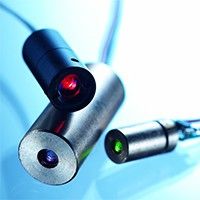









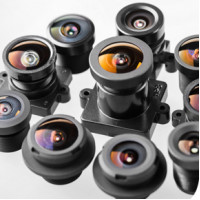









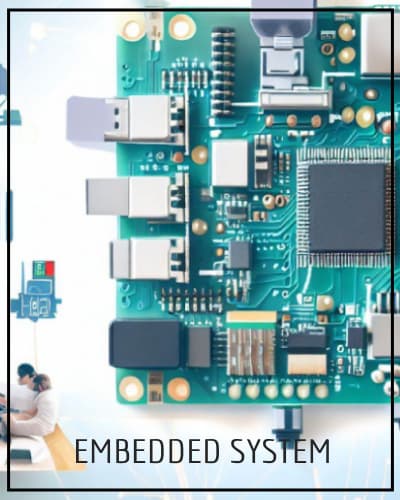



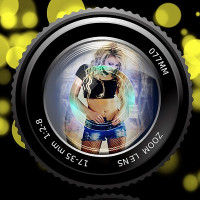

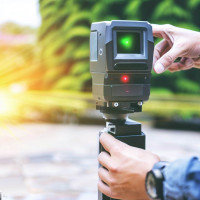






















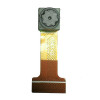
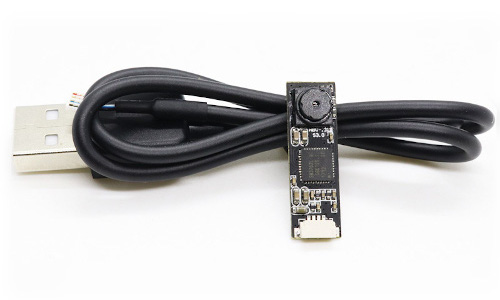 USB Board Camera: USB2.0 Board Camera, USB3.0 Board Camera
USB Board Camera: USB2.0 Board Camera, USB3.0 Board Camera
 Global Shutter Camera: Unlocking Dynamic Imaging with Global Shutter
Global Shutter Camera: Unlocking Dynamic Imaging with Global Shutter
